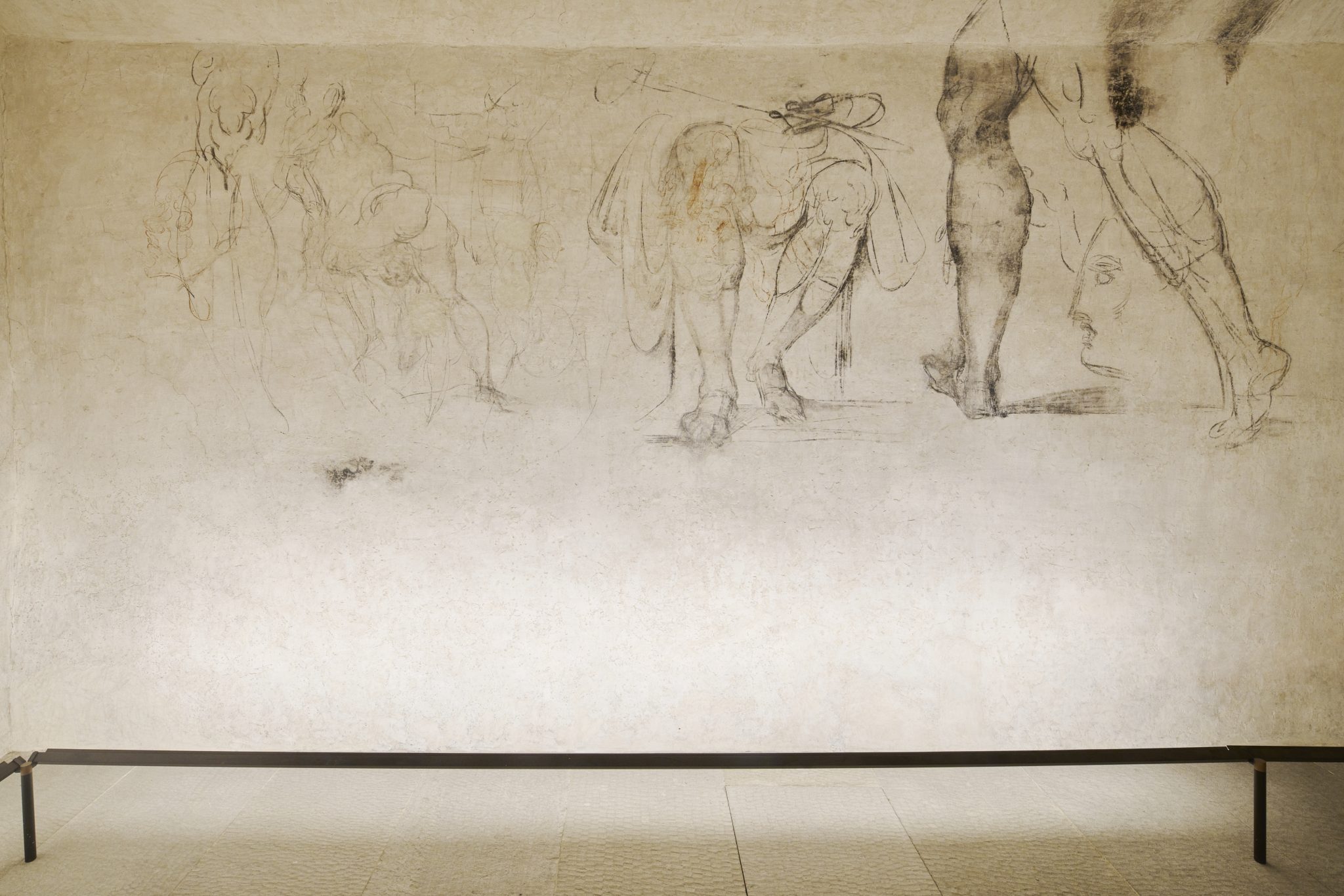At this point, there’s no need to point out the dangers posed by smoking. Those who do it these days do it in full knowledge of the health risks involved, for reasons of their own. Sometimes those reasons are artistic ones: “I had this idea that you drink coffee, you smoke cigarettes, and you paint, and that’s it,” says David Lynch in Jon Nguyen’s documentary David Lynch: The Art Life, describing his youthful conception of what it was to be an artist. “Maybe girls come into it a little bit, but basically, it’s the incredible happiness of working and living that life.” Though much better known as a filmmaker than a painter, Lynch has never stopped living that life, cigarette-smoking and all.
The “you drink coffee, you smoke cigarettes, and you paint” line surfaces in the audio mix of the video above, which mashes up that and other of Lynch’s observations from various places and times with looped footage of him silently smoking and listening to the rain falling outside. Most of his words here have to do with “the art life”: how he conceives of it, how he lives it, and how he made his way into it in the first place.
Some of them will be well familiar to longtime Lynch fans, not least his notion that, when it comes to getting the ideas with which he builds his work, the “little fish” swim on the surface of consciousness, but the “big fish” — the stranger, more powerful ideas that lead, presumably, to a Blue Velvet or a Mulholland Dr. — inhabit the kind of depths accessible only through meditation.
Along with such pieces of Lynchian advice come expressions of enthusiasm, memories from his younger days, and reflections on history, society, and nature, all of them similarly decontextualized and backed by an ominous-sounding piece of music. The resulting ambience isn’t entirely unlike that of Lynch’s deliberately disturbing sitcom Rabbits, but it also fits in with the burgeoning genre of long-form Youtube videos optimized for relaxation value. Thirty years ago, when each movie or television show he made seemed to surpass the last in sheer weirdness, we entered Lynch’s world in order to be unsettled, to see and hear things at once inexplicably compelling and obscurely horrifying; in the twenty-twenties, we go there to unwind.
Related Content:
An Animated David Lynch Explains Where He Gets His Ideas
Bertrand Russell Explains How Smoking Paradoxically Saved His Life
David Lynch Explains How Meditation Enhances Our Creativity
Cigarette Commercials from David Lynch, the Coen Brothers and Jean Luc Godard
An Anti, Anti-Smoking Announcement from John Waters
Two Short Films on Coffee and Cigarettes from Jim Jarmusch & Paul Thomas Anderson
Based in Seoul, Colin Marshall writes and broadcasts on cities, language, and culture. His projects include the Substack newsletter Books on Cities, the book The Stateless City: a Walk through 21st-Century Los Angeles and the video series The City in Cinema. Follow him on Twitter at @colinmarshall or on Facebook.









